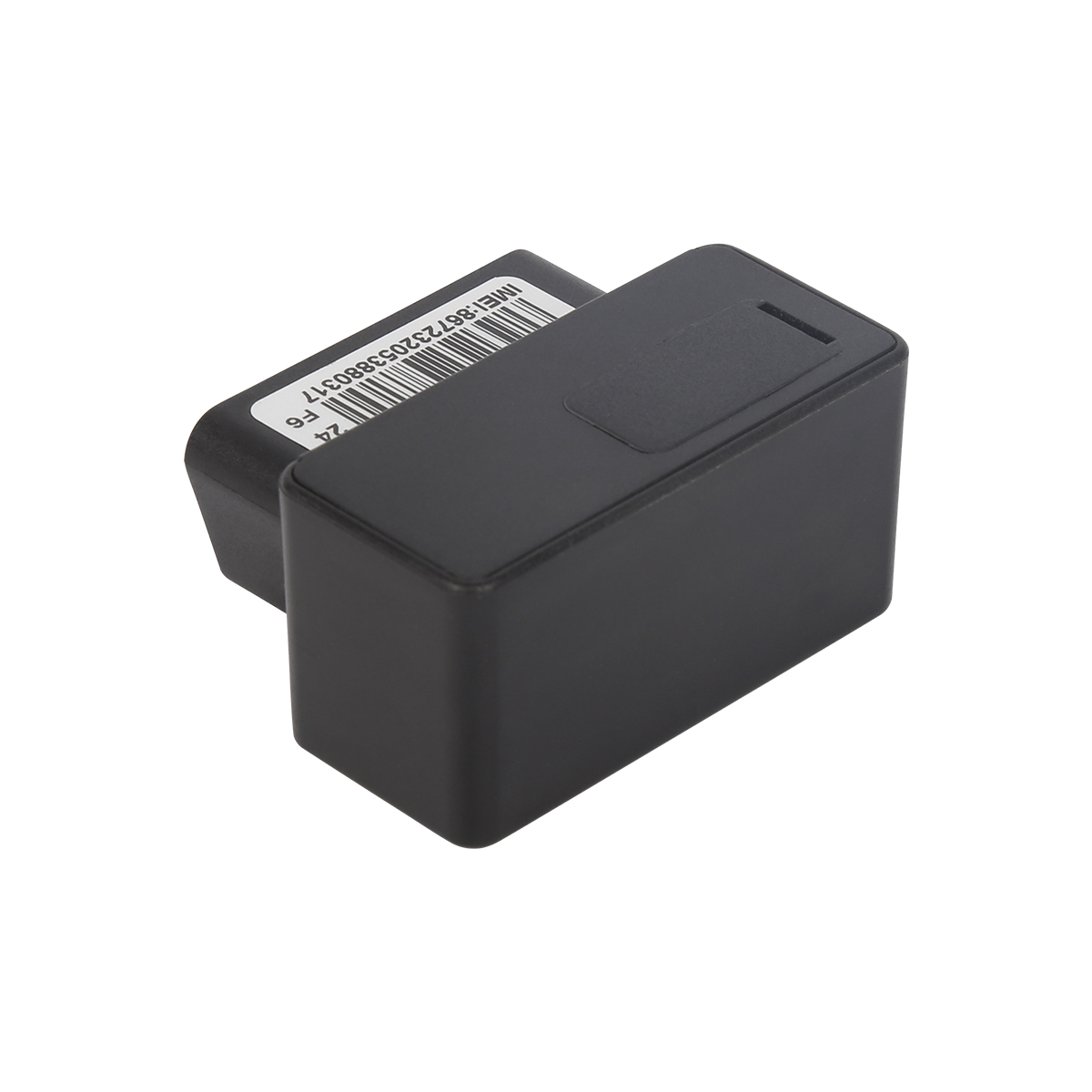source:Industry News release time:2023-02-15 Hits: Popular:realtime gps tracker online

The GPS receiver can receive the time information that can be used to be used for time -to -nano -seconds; it is used to predict the forecast star calendar in the future of satellites in the next few months; , The accuracy is several meters to tens of meters (different satellites are different, change at any time); and GPS system information, such as satellite conditions.
The GPS receiving machine decodes or uses other technologies for the receiving satellite signals. After removing the information on the carrier, the carrier can be restored. Strictly speaking, the carrier phase should be called the carrier frequency phase. It is the difference between the signal phase of the satellite signal carrier of the Doppler frequency transparent and the receiving machine. Generally, the number of times of calendar time determined by the receiver clock and maintaining the tracking of satellite signals can record the change value of the phase, but the initial value of the receiver and the satellite oscillator when you start observation is unknown. The phase integer of the original element is also unknown, that is, the fuzzyness of the week, and can only be used as a parameter in data processing. The accuracy of the phase observation value is as high as millimeter, but the premise is to solve the fuzzyness of the entire week. Therefore, the phase observation value can be used only when the relative positioning and a continuous observation value can be used. Can use phase observation values.
The measurement of the GPS receiver can get the distance from the satellite to the receiver. Because the error containing the receiver satellite clock and the atmospheric dissemination error, it is called a pseudo -distance. The pseudo -tagging distance from 0A is called UA code pseudo -pseudo -pseudo -pseudo -pseudo -pseudo -pseudo -precision is about 20 meters. The pseudo -pseudo distance from P code is called p code pseudo distance, and the accuracy is about 2 meters.
According to the positioning method, GPS positioning is divided into single -point positioning and relative positioning (differential positioning). The single -point positioning is to determine the position of the receiving machine based on the observation data of a receiver. It can only use a pseudo -distance observation capacity, which can be used for rough navigation positioning of vehicles and boats. Relative positioning (differential positioning) is the method of determining the relative position between the observation points based on the observation data of the receiver of the two or more. Use phase observation values for relative positioning.
In the GPS observation volume, the bell difference, atmospheric transmission, and multi -path effects of satellite and receiving machines are included in the GPS observation measurement. When the positioning is calculated, the satellite broadcasting star calendar error should be affected. Cancel off or weakening, so the positioning accuracy will be greatly improved. The dual -frequency receiver can offset the main part of the ionization error of the atmosphere in the atmosphere according to the observation of the two frequencies. ), A dual -frequency receiver should be selected.
When the positioning observation, if the receiver is moved by the surface of the earth, it is called dynamic positioning. If the accuracy of a rough navigation positioning for vehicles and boats is a pseudo -distance single -point positioning of 30 to 100 meters, or for urban vehicle navigation positioning The pseudo -distance differential positioning of the rice -level accuracy, or the centimeter -level phase differential positioning (RTK) used to measure the sample, and calculate the observation data of two or more stations in real time. When the positioning observation, if the receiver is static relative to the surface of the earth, it is called a static positioning. When the control network observation is performed, this method is generally observed by several receivers at the same time. Positioning accuracy, which is dedicated to this purpose, is called a earth -type receiver, and is the best performance in the receiver. At present, GPS has been able to meet the accuracy requirements of crustal transformation observation. IGS's perennial observation platform has a global coordinate framework that can form a millimeter level.
Read recommendations:
personal gps tracker distributors
G01 Smallest Personal Old People Mini GPS Tracker for Kids
What is GPS dual -frequency positioning?plug & play Obd gps tracker wholesale
Last article:GPS navigation solution
Next article:What are the functions of the GPS positioner? The principle of GPS positioner?
Related Information
fleet tracking webfleet solutions
2023-03-16airtag for dog
2023-03-16Gps speed limiter sales
2023-04-23GPS Trackers sales
2023-04-11fleet gps tracking wholesaler
2023-04-23Cantrack G05
2023-04-234G GPS Tracker for vehicles Processing
2023-04-23fleet gps tracking manufacturer
2023-04-23Car gps tracking manufacture
2023-04-23car gps tracker manufacturer
2023-04-23NB20 -4G Bluetooth Smart Pet Tracker
2022-06-21P02L Smart Walkie-Talkie Tracker
2025-09-196000mAh Magnetic Asset GPS Tracker
2025-03-31VSL100 GPS Speed Limiter, Speed Governor
2022-06-19G500M-Mini GPS Tracker
2022-06-20GPS Logistics Tracking and Monitoring Application Solution
2023-02-02Three wiring line search methods for installing GPS positioner.realtime gps tracker online supplier
2023-04-11GPS Global Satellite Positioning System
2022-10-10GPS death phenomenon
2022-09-14What are the functions of breeding solar GPS positioning
2023-02-23The development of electronic maps.personal gps tracker Manufacturing
2023-05-17Application of RTK in Engineering Surveying.real-time gps tracking maker
2023-07-03GPS indoor positioning application
2023-02-15GPS Mobile Positioning Technology
2022-11-24The role of GPS.GPS Tracking Manufacturing
2023-05-25Working principle of locator.vehicle gps tracker supplier
2023-07-19mini gps tracker.What are the differences between Beidou and GPS?
2023-10-11GPS components
2022-11-03Does the GPS positioner consume a lot of power?gps tracker no monthly fee wholesaler
2023-04-07Application introduction in agriculture.gps tracker with magnet manufacturer
2023-05-06